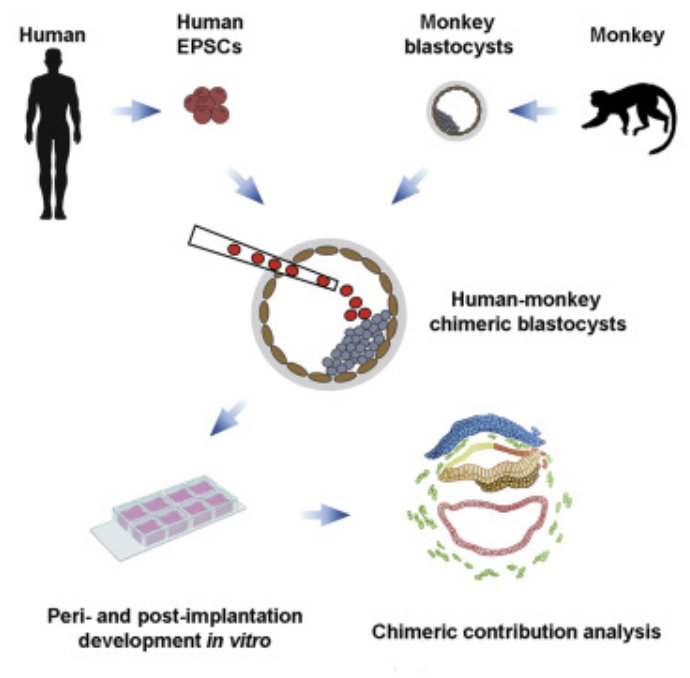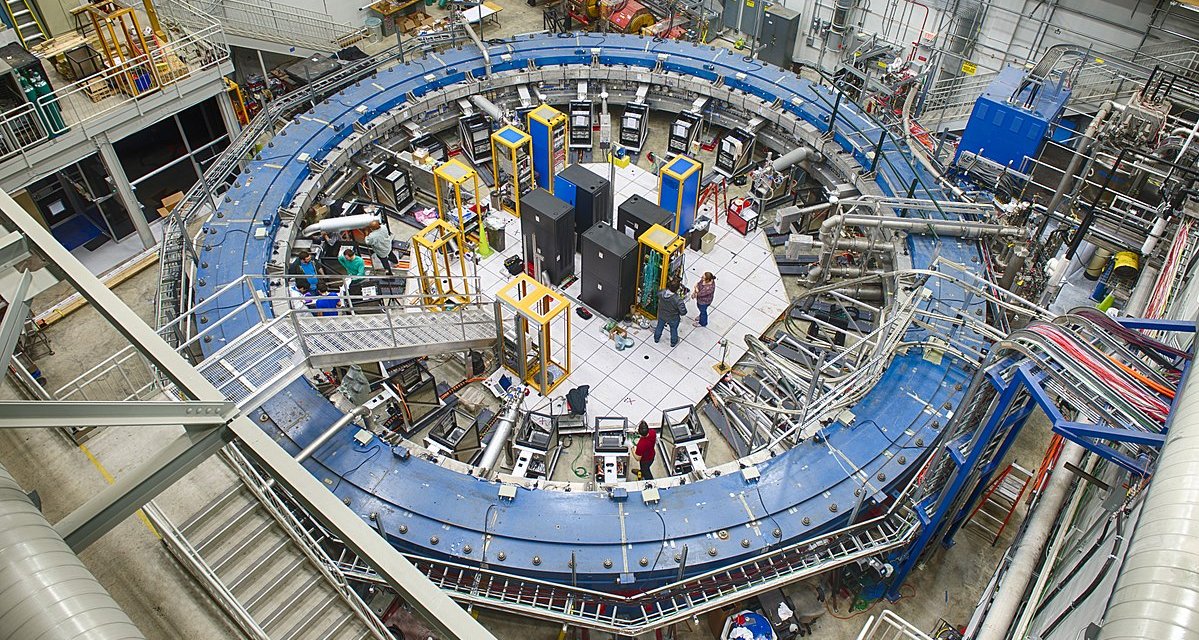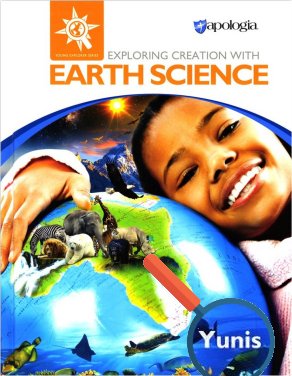
Why do I say that? Let’s start with the way it is written. Fulbright has a knack for explaining science to elementary students without “talking down” to them. In my opinion, that’s not the case with this book. The tone comes off as condescending from time to time. More importantly, Fulbright is passionate about young-earth creationism and includes “Creation Confirmation” sections in her books. These sections highlight how the material being discussed confirms the young-earth creationist view. This book studiously avoids any direct mention of the age of the earth or even the method of creation. Students who use this course will not learn anything about the creation/evolution debate or the age of the earth debate.
Worse yet, while the author doesn’t discuss the age of the earth directly, there are several statements she makes that support an ancient earth. When discussing soil, for example, the author states:
How long does it take to make soil? That depends on where you start. If we start with really big rocks and wait for them to break down through the weathering process we studied, it can take thousands of years until they become the particles we know as sand, silt, and clay.
First, this statement is utterly false. Soil is formed incredibly rapidly during catastrophic floods and other high-erosion events. Second, it implies that sedimentary rocks take longer to form than the young-earth timescale, since the breaking down of rocks through the weathering process is just the first step in making sedimentary rocks. If that takes thousands of years, there is no time left for sedimentary rocks to form.
Now don’t get me wrong. I am not saying it’s bad that the book allows for an ancient earth. I don’t have a problem with that, even though I disagree. The problem is that the rest of the series is unabashedly young-earth, so I would assume that parents will expect this new book to be young-earth, and it is definitely not.
Also, there is not a single mention of the worldwide Flood in the entire course. I can’t imagine Fulbright ignoring such an important topic in the study of geology. After all, if you are a young-earther, the Flood is what shaped most of the geological structures we see today. If you are not a young-earther, you need to explain why you think the Flood didn’t do that. Instead, this book ignores the Flood entirely. It also pretty much ignores fossils! There are two sentences about fossils in this entire earth science book!
Another way this book differs from the others in the series is that it is not a “living book.” Fulbright strove to make her books deep and rich, and she tried to teach science by telling a story. By contrast, this is like an Usborne book. It is full of pictures, random facts, and terms that are often not explained or explained many pages after they are first discussed. In addition, it barely scratches the surface of nearly everything it covers.
There are also many scientific errors in the book. Based on a Wikipedia article, the author says that water is naturally blue, when it can be defined as, “A tasteless odorless colorless liquid with the chemical formula H2O.” She says that pressure isn’t a real force (it is), but then discusses the Coriolis force as if it is a real force (it isn’t). She also says:
The Sun actually provides us too much energy, so the earth has to get rid of some energy or it will overheat. Getting rid of extra heat is something important our atmosphere does.
Of course, the truth is that the atmosphere retains energy through the greenhouse effect in order to make the planet habitable. That is the opposite of what the book says.
If you are interested, this PDF lists the details of the 11 things that show this book is different from the others in the series, the 5 statements that implicitly support an old earth, the 18 serious scientific errors, and the 17 minor scientific errors that I found. It also lists 4 things that I simply do not understand.


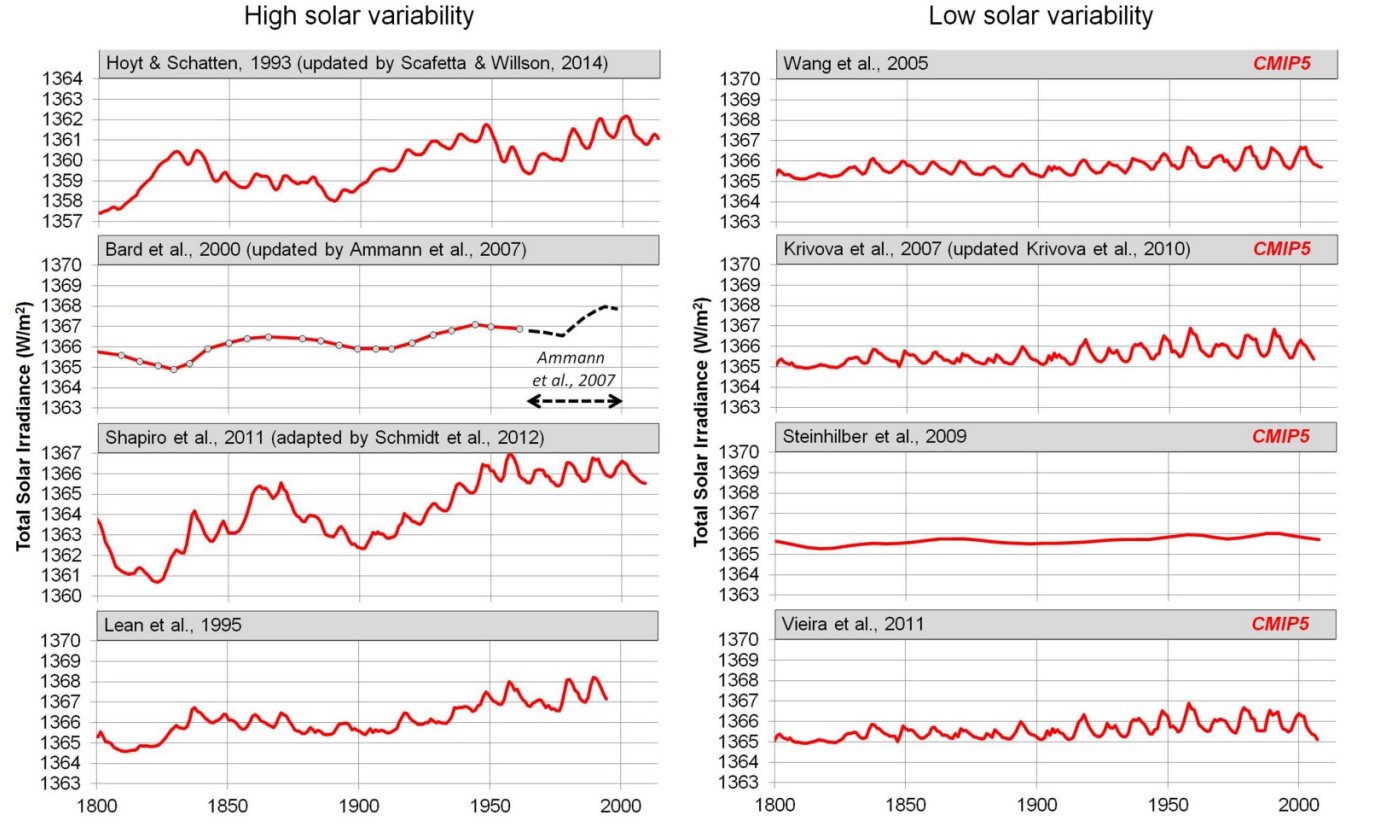



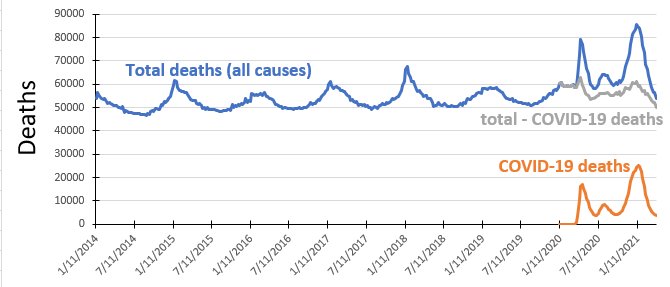
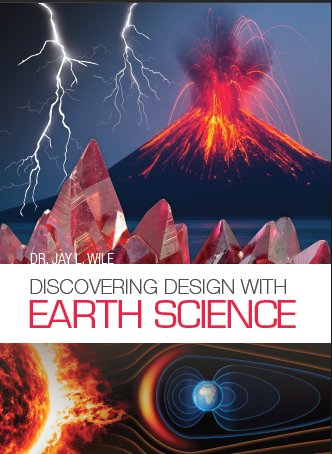 My latest book has been sent to the printer, and it should be ready in June. To learn more about it,
My latest book has been sent to the printer, and it should be ready in June. To learn more about it, 
